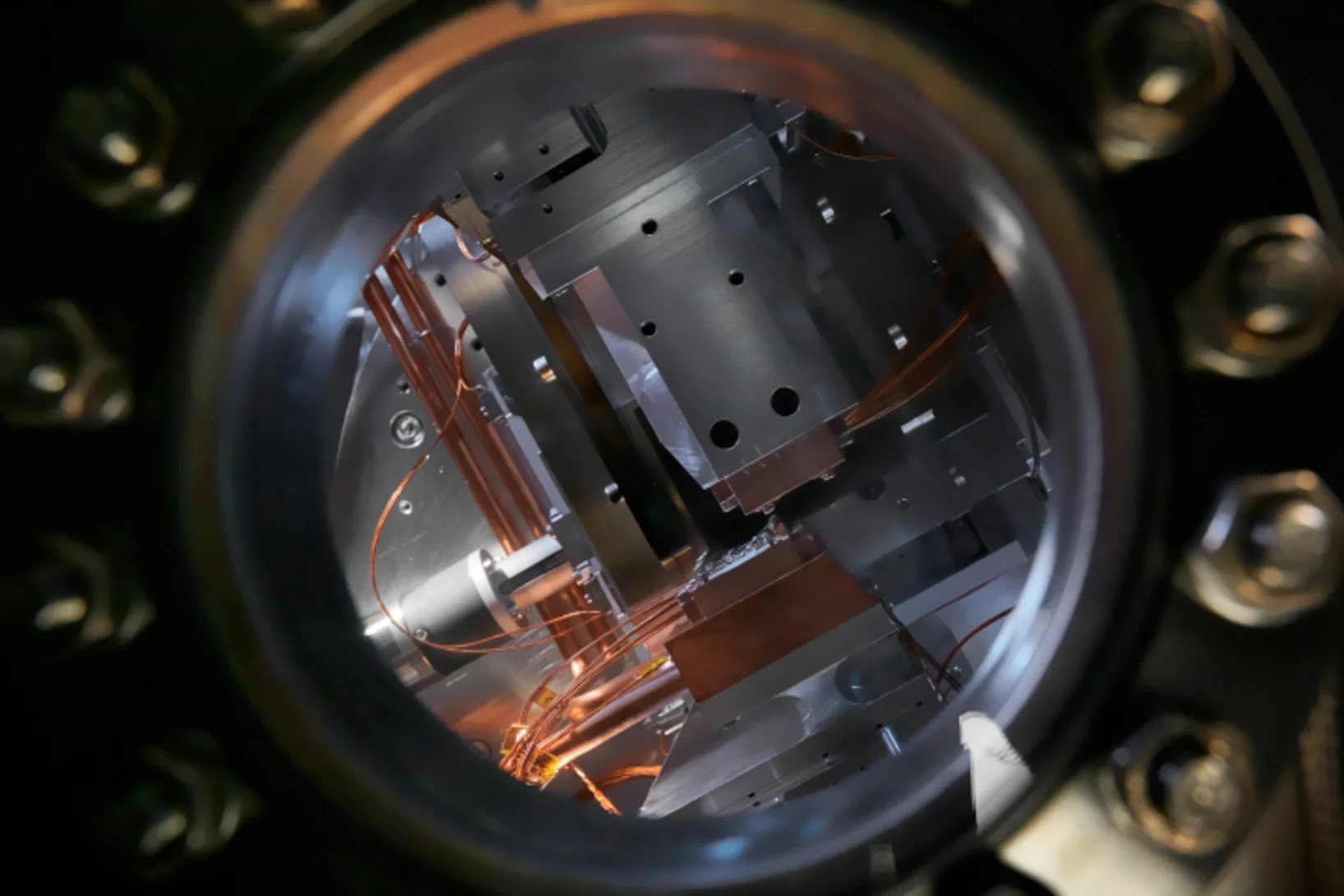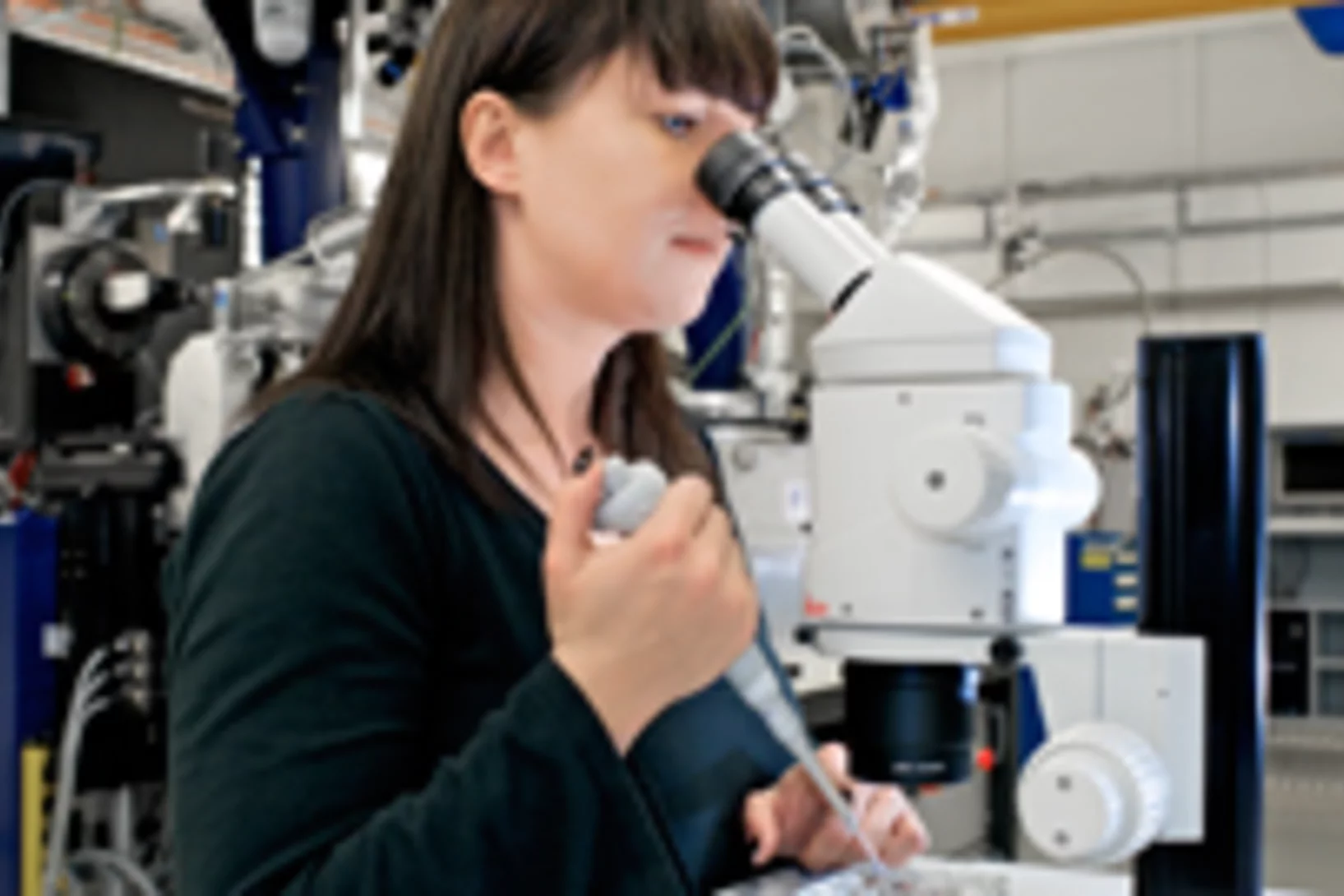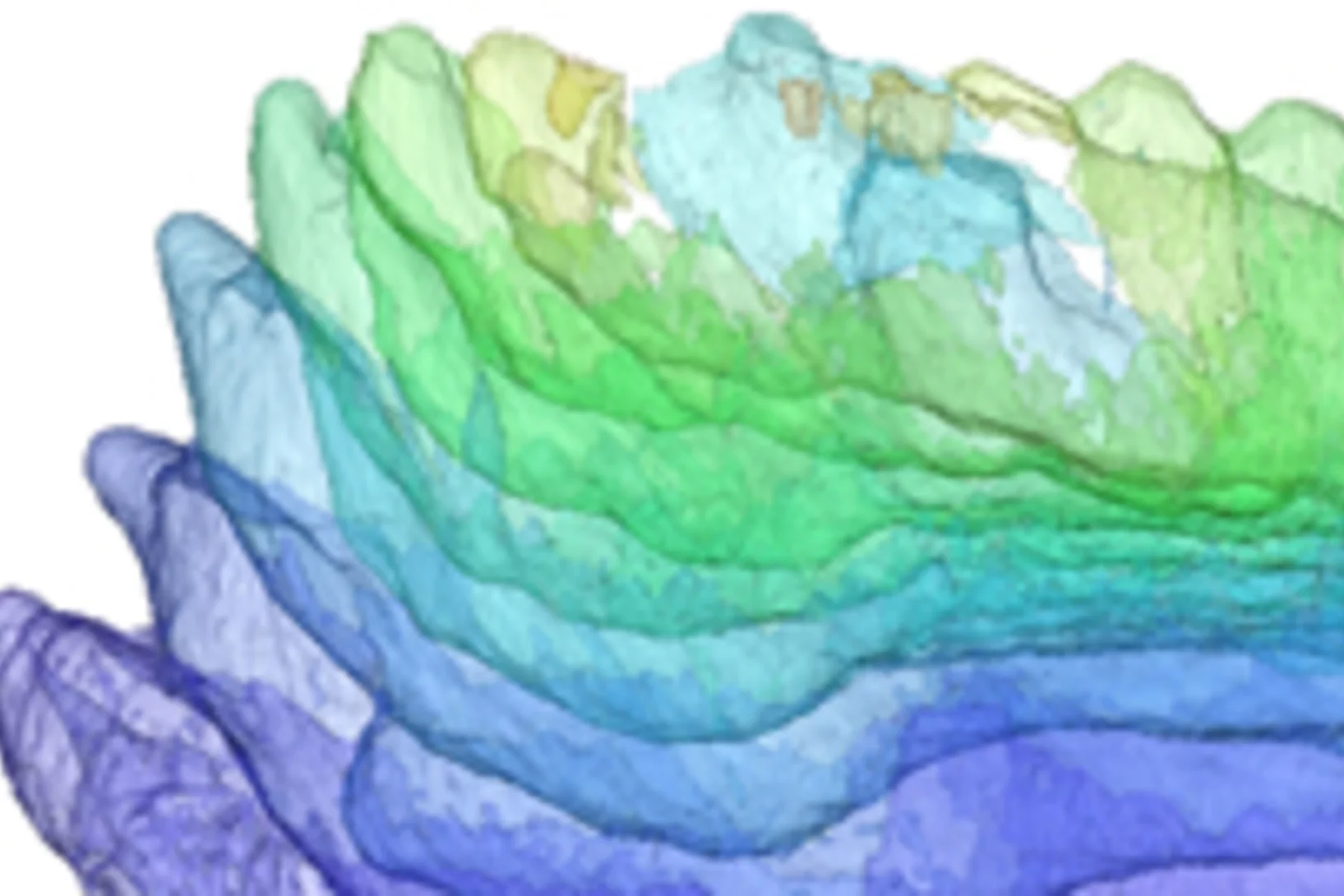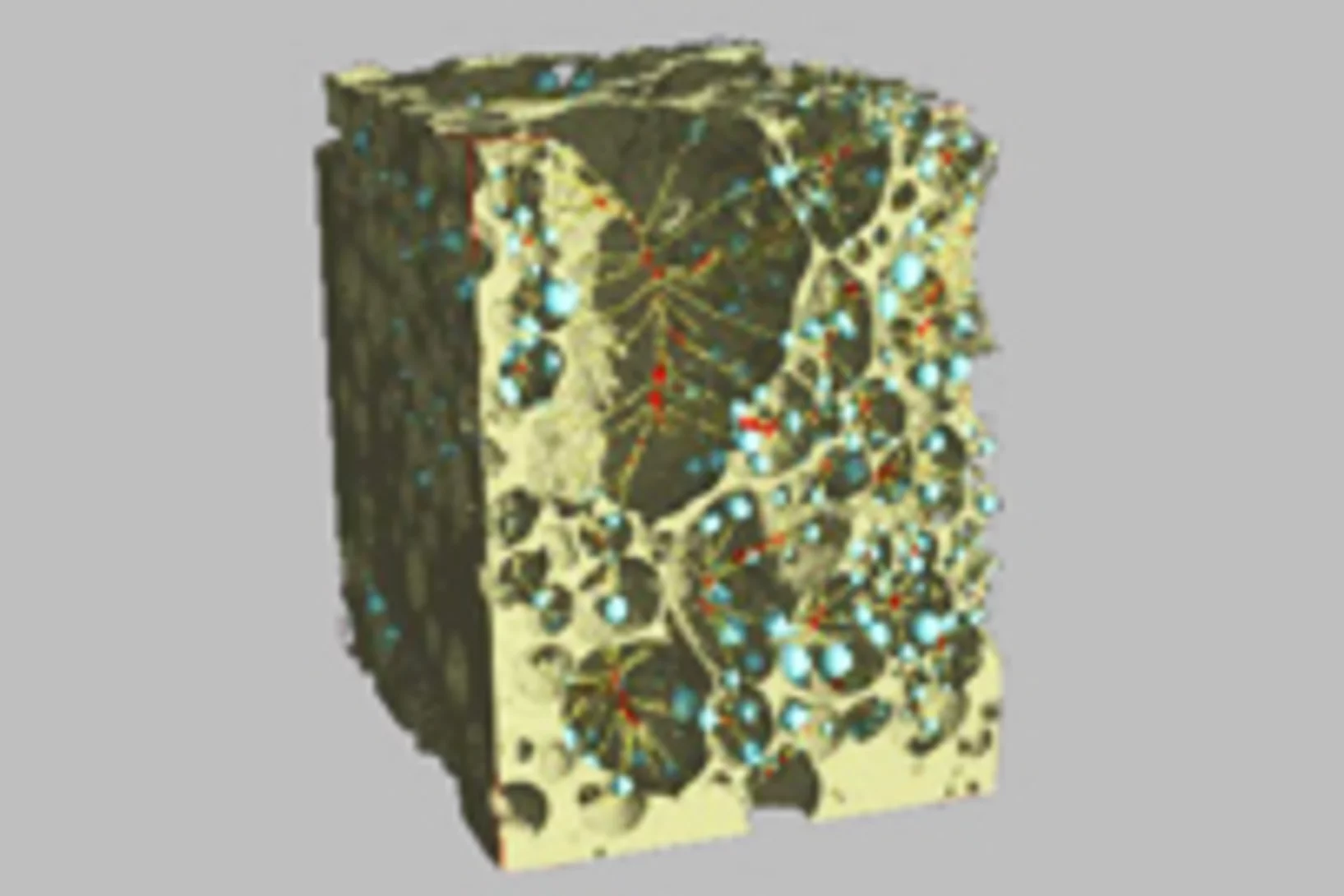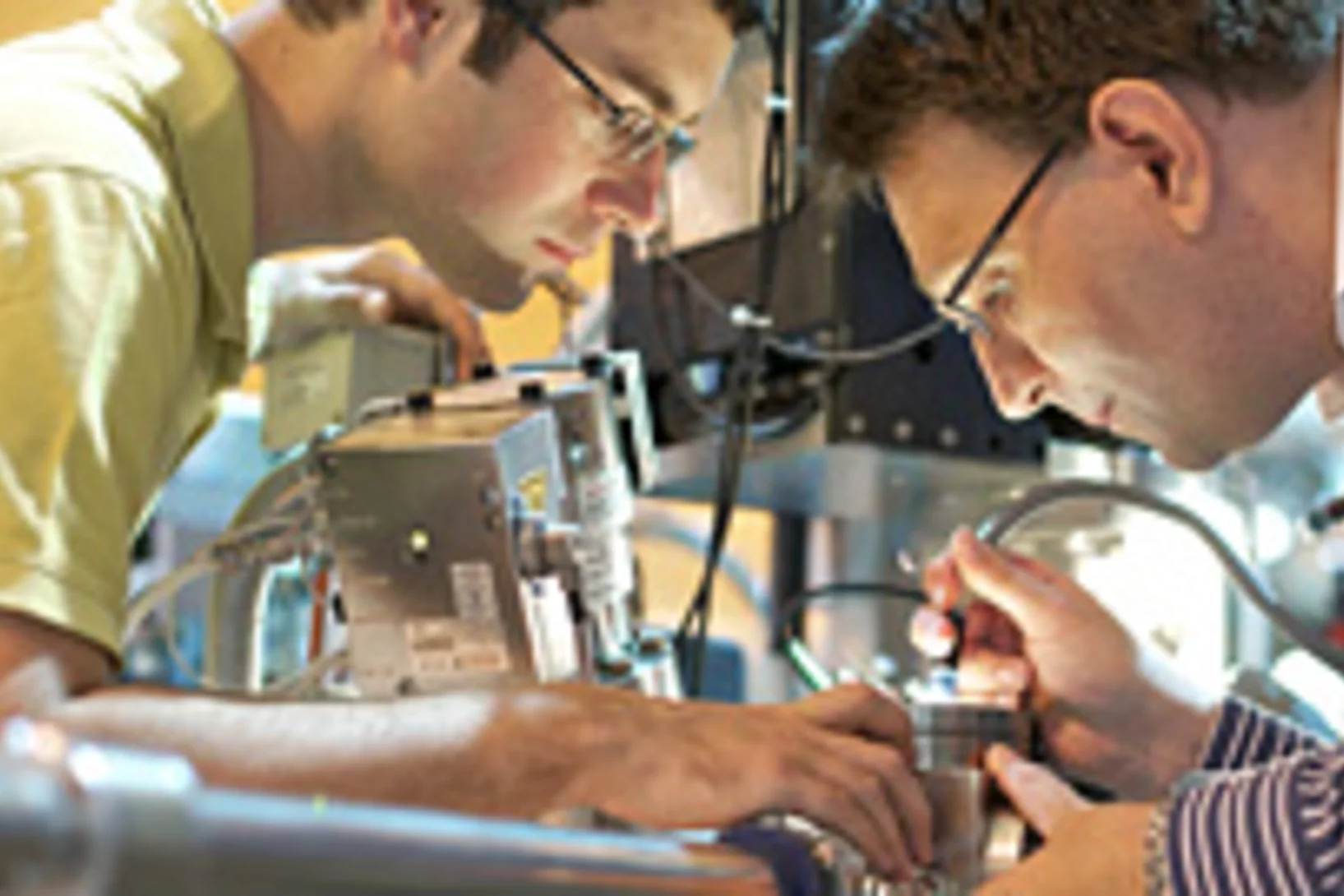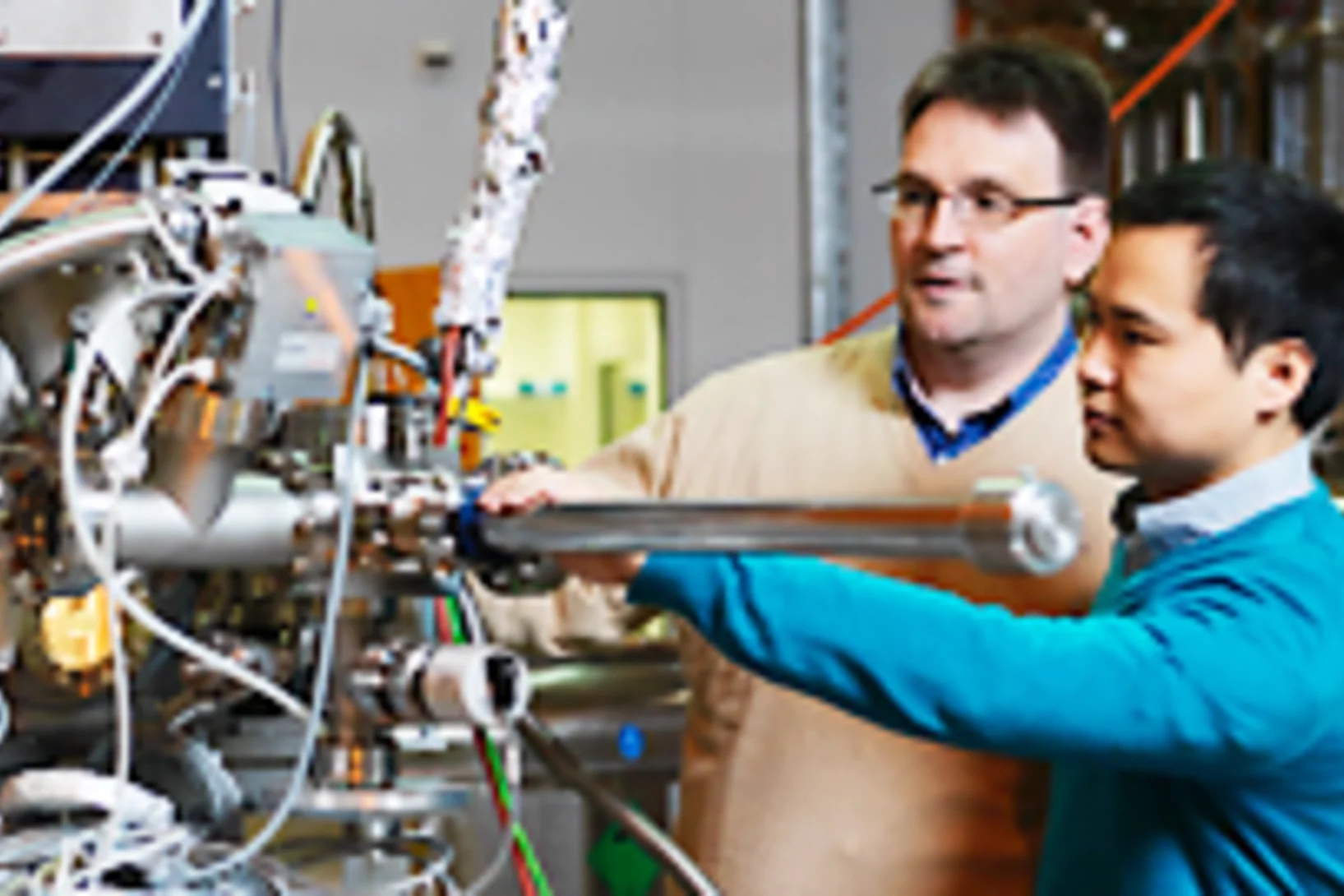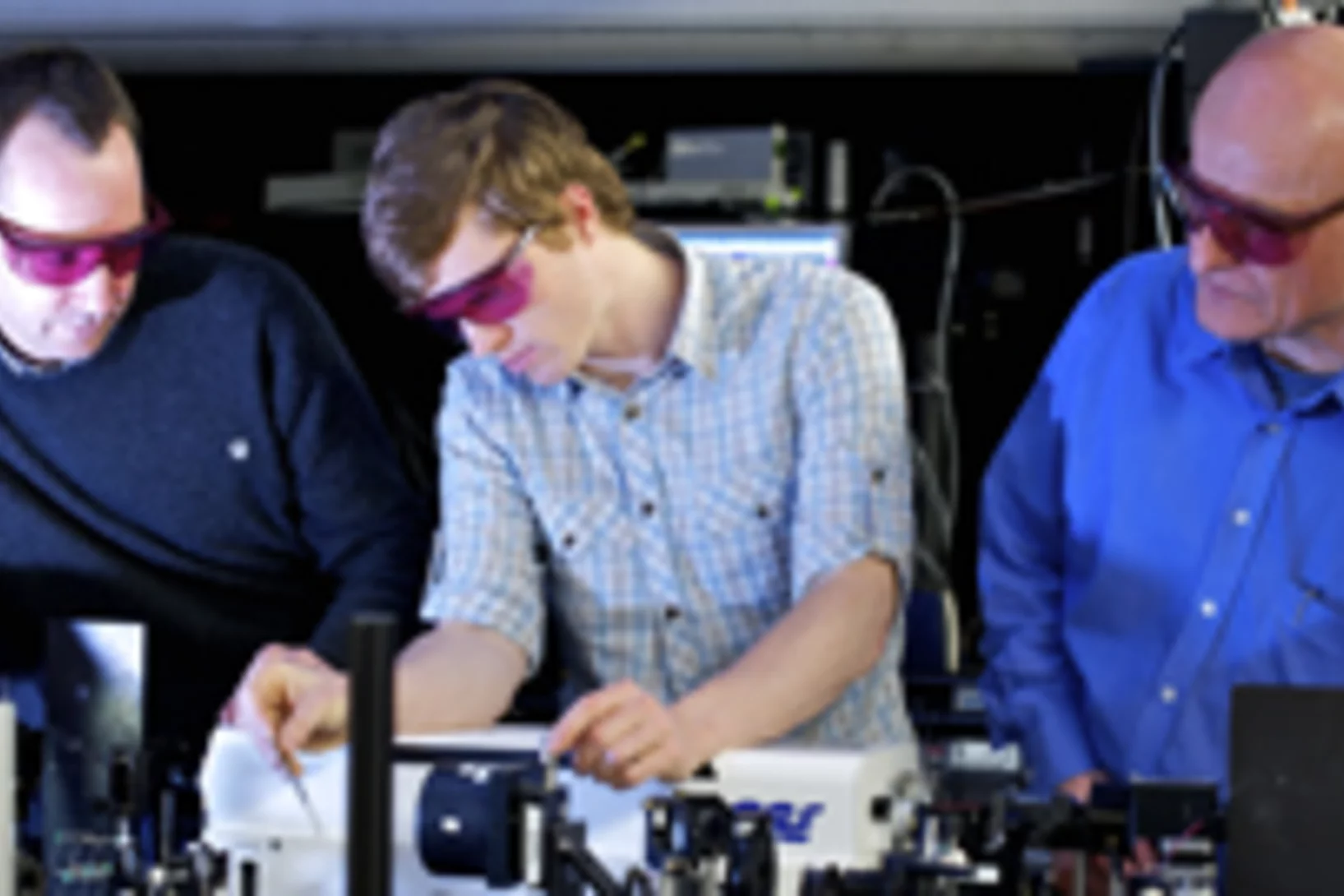SLS
Imaging fluctuations with X-ray microscopy
X-rays are used to investigate nanoscale structures of objects as varied as single cells or magnetic storage media. Yet, high-resolution images impose extreme constraints on both the X ray microscope and the samples under investigation. Researchers at the Technische Universität München the PSI now showed how to relax these conditions without loss of image quality. They further showed how to image objects featuring fast fluctuations, such as the rapid switching events that determine the life time of data storage in magnetic materials.
Magnetic nano-chessboard puts itself together
Researchers from the Paul Scherrer Institute and the Indian Institute of Science Education and Research have been able to intentionally switch off’ the magnetization of every second molecule in an array of magnetized molecules and thereby create a magnetic nano-chessboard’. To achieve this, they manipulated the quantum state of a part of the molecules in a specific way.
Excitement that rivals a moon landing
Interview with Thomas HuthwelkerThe Paul Scherrer Institut makes its research facilities available to scientists from all over the world. To ensure these scientists are exposed to optimal conditions when they arrive is the hard work of many PSI staff. An interview with one of these scientists provides a glimpse behind the scenes. This interview is taken from the latest issue of the PSI Magazine Fenster zur Forschung
How stabilised cell fibres prevent cancer cell division
Anti-cancer drugs are used under the heading of Chemotherapeutics to prevent cells from dividing. Because the cells in a growing tumour divide more frequently than others, tumour cells are damaged more severely. Scientists at the Paul Scherrer Institute and the ETH Zurich have now clarified the exact mechanism of action of one class of these drugs. The data acquired is so accurate, that targeted drugs could now be developed that are even better suited to fulfil their task.
The evolutionary origins of our pretty smile
Until recently, it was not obvious whether the earliest vertebrates (animals with a backbone) which had jawbones already possessed teeth or not. Now, an international research team has shown that the jaws of the prehistoric fish Compagopiscis already had teeth. This means that teeth appeared at the same evolutionary time as jaws à or at least shortly afterwards. The leaders of this project were scientists from the University of Bristol, England, who carried out their decisive experiments at the SLS at PSI.
X-rays provide insights into volcanic processes
Experiments performed at the Paul Scherrer Institute (PSI) investigate processes inside volcanic materials that determine whether a volcano will erupt violently or mildly. In the experiments, scientists heated small pieces of volcanic material similarly to conditions present at the beginning of a volcanic eruption. They used X-rays from the SLS to observe, in real time, what happens to the rock as it goes from the solid to the molten state.
New Insights into Superconducting Materials
A new X-ray technique provides insights into the magnetic properties of atomically thin layers of a parent compound of a high-temperature superconductor. It turns out that the magnetic properties of material films which are only a few atoms thick differ by only a surprisingly small degree from those of macroscopically thick samples. In the future, this method can be used to study the processes occurring in very thin layers of superconductors and help us to understand this intriguing phenomenon.
Alzheimer plaques in 3D
Researchers have succeeded in generating detailed three-dimensional images of the spatial distribution of amyloid plaques in the brains of mice afflicted with Alzheimer’s disease. The new technique used in the investigations provides an extremely precise research tool for a better understanding of the disease. In the future, scientists hope that it will also provide the basis for a new and reliable diagnosis method. The results were achieved within a joint project of two research teams à one from the Paul Scherrer Institute (PSI) and ETH Zurich, the other from the École Polytechnique Fédérale de Lausanne (EPFL).
Physicists observe the splitting of an electron inside a solid
An electron has been observed to decay into two separate parts, each carrying a particular property of the electron: a spinon carrying its spin à the property making the electron behave as a tiny compass needle à and an orbiton carrying its orbital moment à which arises from the electron’s motion around the nucleus. These newly created particles, however, cannot leave the material in which they have been produced.
Creating magnetism takes much longer than destroying it
Researchers at the Paul Scherrer Institute are finding out how long it takes to establish magnetism and how this happens. Establishing a magnetically ordered phase in the metallic alloy iron-rhodium takes much longer than the reverse process of demagnetization. The result comes from basic research, but has relevance for the computer industry, as it shows which processes limit the speed of magnetic data storage and where improvements might be made.



